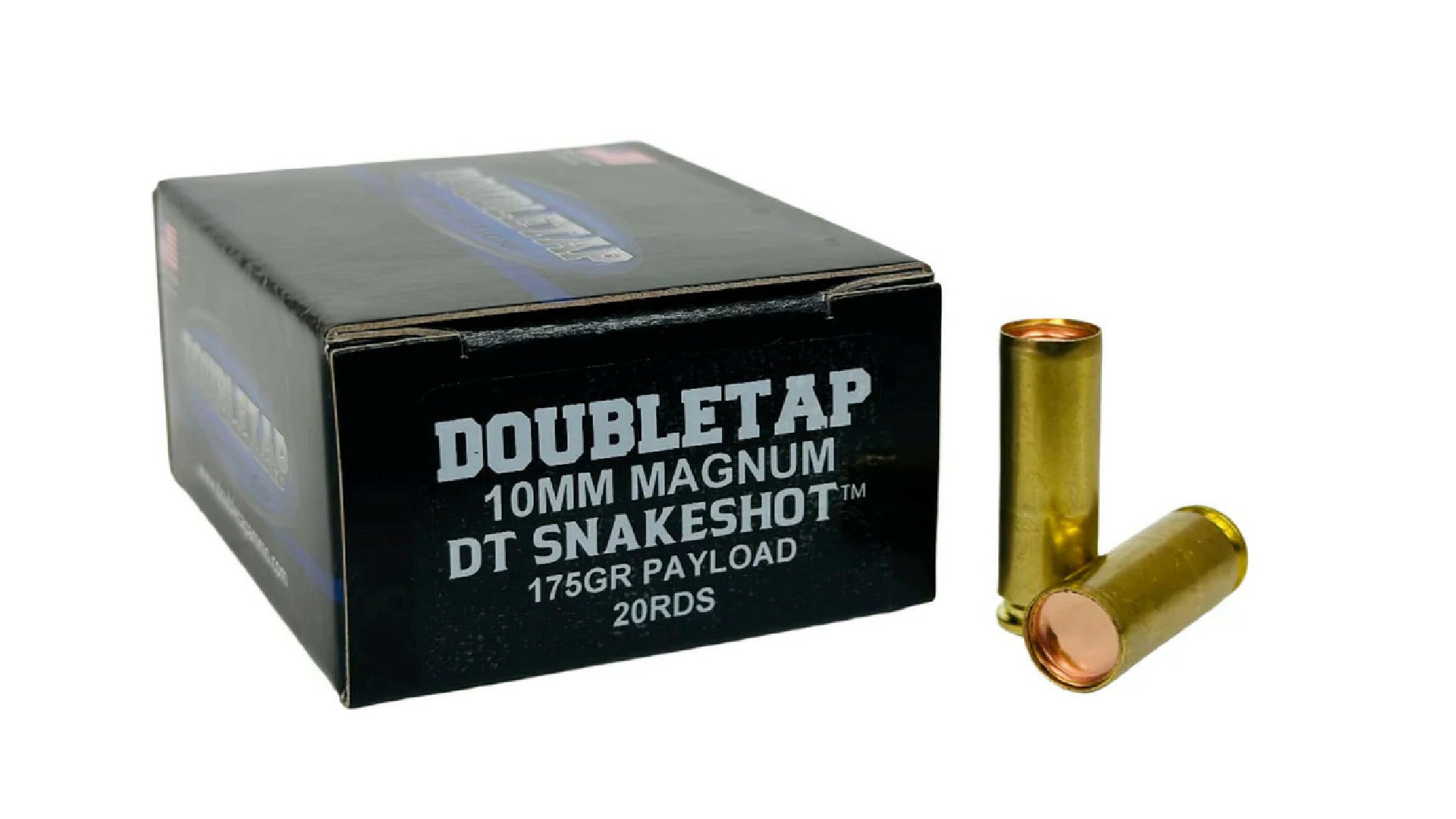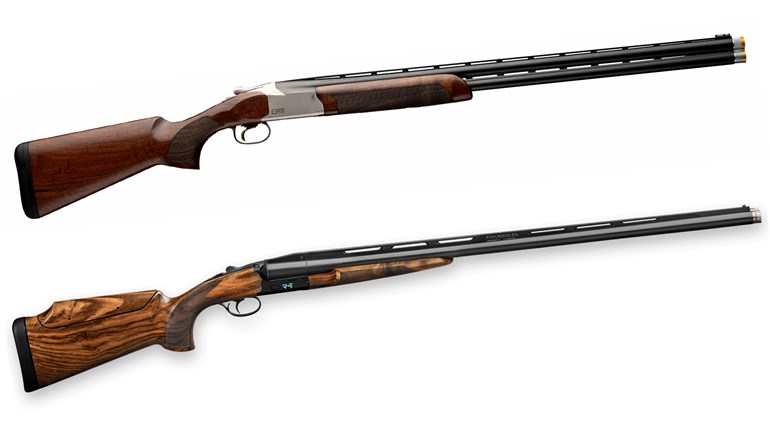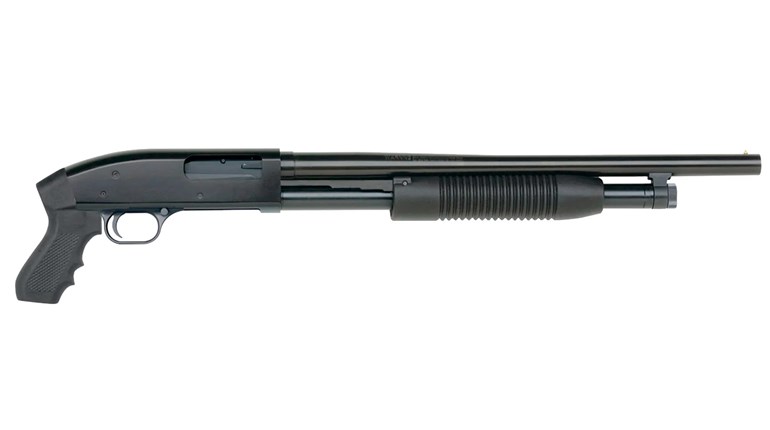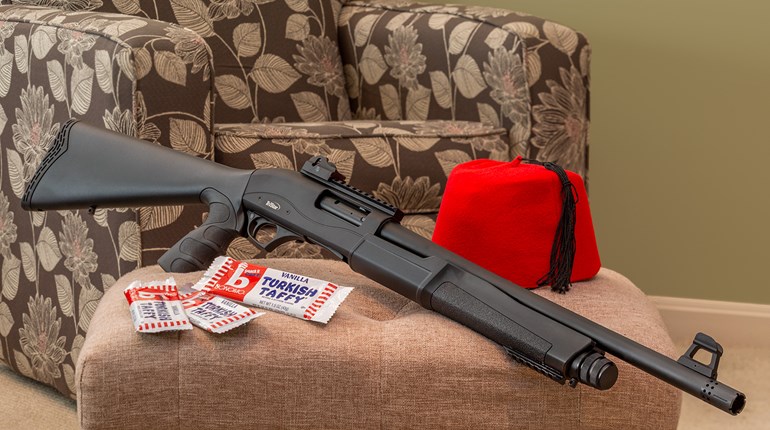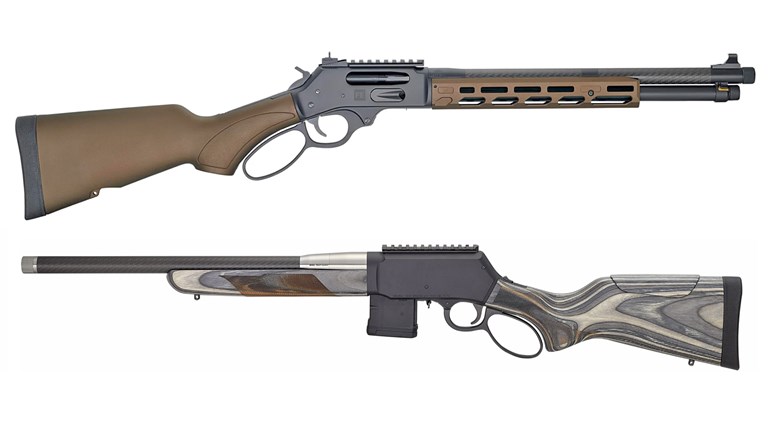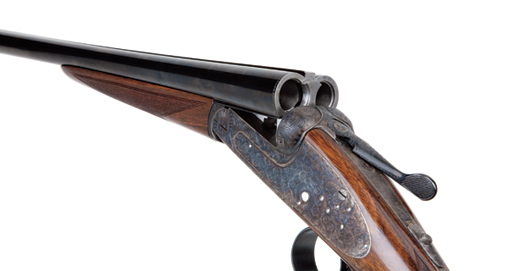
Named for its founders, the Aguirre brothers and Nicholas Aranzabal, AyA (pronounced like the letters A-Y-A in English) was formed in 1917, in Eibar in the Basque region of northern Spain. The center of Spanish firearm manufacturing for centuries, Eibar is a short drive south of the Bay of Biscay and deep in the picturesque Basque country that is separated from France by the high Pyrenees mountains. In 1985 I traveled to Spain and visited the old AyA factory in Eibar. By that time the Spanish gunmaking industry-some 20-odd gunmakers-had been consolidated by the Spanish government into a company known as "Diarm."
In the 1950s and '60s, when fault-finding gun writing was considered good reporting, Spanish shotguns got a flawed reputation as being made of "soft" metal; something Askins categorically refuted. Rest assured, AyA has always maintained the highest standards. I've shot at least 10,000 rounds through my 12-gauge 53E, and broke but one mainspring. My colleague Michael McIntosh has an AyA No. 2, also a 12-gauge, which has had twice that many shells fired through it without a hitch. AyA stands for quality.
Gunmaking has taken a major turn toward high-tech machining while retaining all the hand fitting that is traditional with fine shotguns. Today, the British gunmakers are all using computer machining to cut the block of steel to something resembling an action, fore-end iron and other parts. From there the action is hand fitted. The same techniques are also in use in Spain. What does it matter how the excess material is removed? It is the final fit that's important, and that remains in the hands of AyA's master gunmakers.
AyA's presence in the United States has been an on-and-off affair with individual dealers handling ordering, delivery and service. Since AyA's rebirth following the collapse of Diarm, its main market has been Great Britain. However, Tom Hall at AyA USA is making a dedicated effort to bring these fine shotguns to American hunters and shooters. Perhaps having a centralized importer will shorten delivery time, and provide a single point of service should there be a warranty need.
AyA USA's catalog lists four boxlock and nine sidelock side-by-sides, and three over/unders, two of which, the Model 37 and Augusta, retain a very close resemblance to the pre-war German-made Merkel. AyA still makes the Churchill XXV, a 25-inch-barreled, high-tapered-rib gun developed by the late Robert Churchill. Churchill was short and rotund, and found that short-barreled guns worked best for him. These guns linger in an age of tall hunters that now favor longer-barreled shotguns.
Perhaps the biggest bargain of all in the AyA line is the No. 2, a sidelock gun that carries all the luxury of a more expensive shotgun, yet of modest price for what the buyer receives. The No. 2 is available in standard or Round Action (pictured).
In a way an anachronism, the sidelock remains the king of shotgun actions. A holdover from the days of flint and percussion caps, sidelock actions provide internal perfection, and externally provide a broad canvas for engraving. In practical terms, the modern hammerless sidelock moved the external hammers of the hammer-gun to the inside. As a reminder of that era, many sidelocks have a cocking indicator that is an extension of the hammer pivot through the sideplate that has a gold-inlaid line that, by its position, shows whether the hammer is cocked. More of a curiosity today, all AyA sidelocks have these cocking indicators. However, a real advantage of the sidelock is the additional safety sear that is incorporated into the lock so that if the gun is accidentally dropped or jarred and the hammer slips free of the sear, this "double intercepting sear" will catch the hammer before it impacts the strikers, preventing accidental discharge. Furthermore, trigger pulls are often better on sidelocks, and then there's the beauty that sets a true sidelock apart.
The sidelock action carries all the firing mechanism on the lock plates. Many boxlock guns are adorned with sideplates that allow engraving, but are not anything near a true sidelock. At one time in the British gun trade, there were those who only made locks. My Henry Atkin gun "From Purdeys" has locks by James Brazier, and they're things of beauty. AyA makes its own locks that follow Brazier's style.
The standard No. 2's locks are hand-detachable. By means of a lever-like screw head on the left side of the action that secures the sidelocks to the action frame, the locks can quickly be removed for service. The No. 2 Round Action does not feature hand-detachable locks.
The No. 2 features double triggers providing truly instant selection of choke in the two barrels. For the reluctant, a couple rounds of doubles skeet will quickly teach the technique. The front trigger is "hinged," or articulated, so that if the shooter's finger is struck by the front trigger during recoil when firing the back trigger, it folds to cushion the blow. Single selective or non-selective triggers are available on request. Automatic ejectors are standard.
The receiver can be color-case-hardened, silver or white steel. On the downside, in my opinion, the No. 2 comes with an automatic safety. Every time the top lever is rotated to open the gun, the safety catch is engaged. I believe the shooter must retain the safety of his firearm as a personal obligation, not something mechanical. Too, in a hot dove field, who wants to push off the safety each time? But it's not a big problem to have this altered to make the safety manual.
To me, the No. 2 provides everything found on the pricier AyA No. 1, except the latter's higher-grade wood, gold-washed internal lock parts and other cosmetic factors. The interior of the No.2's lockplates are left plain and the internal parts are polished steel, none of which affects the operation. AyA is fast approaching its centenary, and despite a civil war and disruption by the Spanish government's Diarm, it remains the manufacturers of truly affordable, high-quality shotguns. If I had to give up all but a few of my guns, you can bet my AyAs would be the last to go. At twenty-five-plus years old, each is an old friend.
Action Type: sidelock, side-by-side
Gauges: 12 (tested); 16; 20; 28; .410-bore
Trigger: double triggers w/hinged front trigger (standard); single trigger on request
Barrels: chopper-lump; 28"; fixed chokes
Stock: Grade 2 walnut; straight (standard), Prince-of-Wales or pistol-grip; fore-end-splinter, semi-beavertail, full beavertail
Weight: 6.75 lbs. (12-gauge)
Metal Finish: rust-blued barrels, action-color case-hardened, old silver or white
MSRP: $5,199










